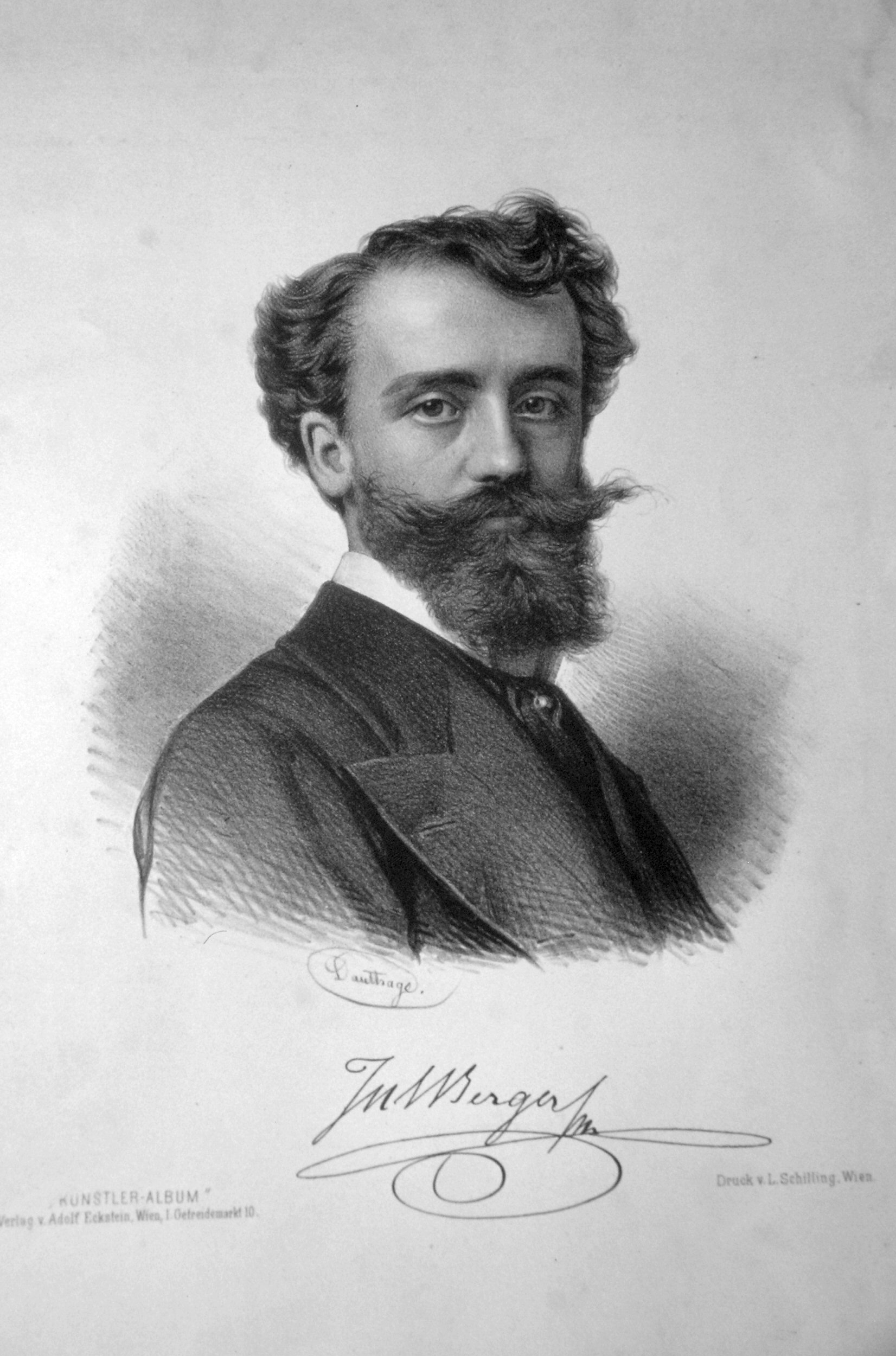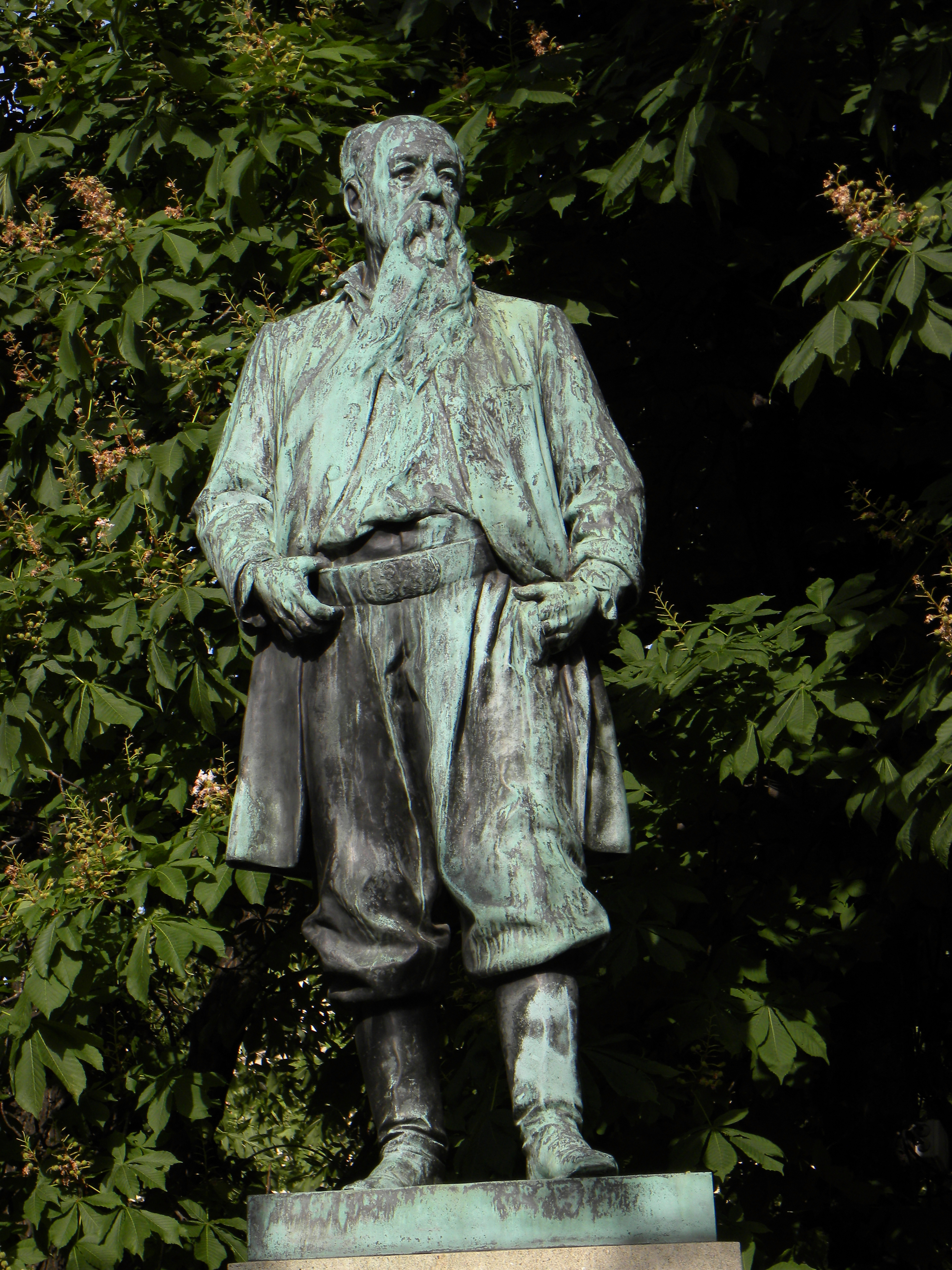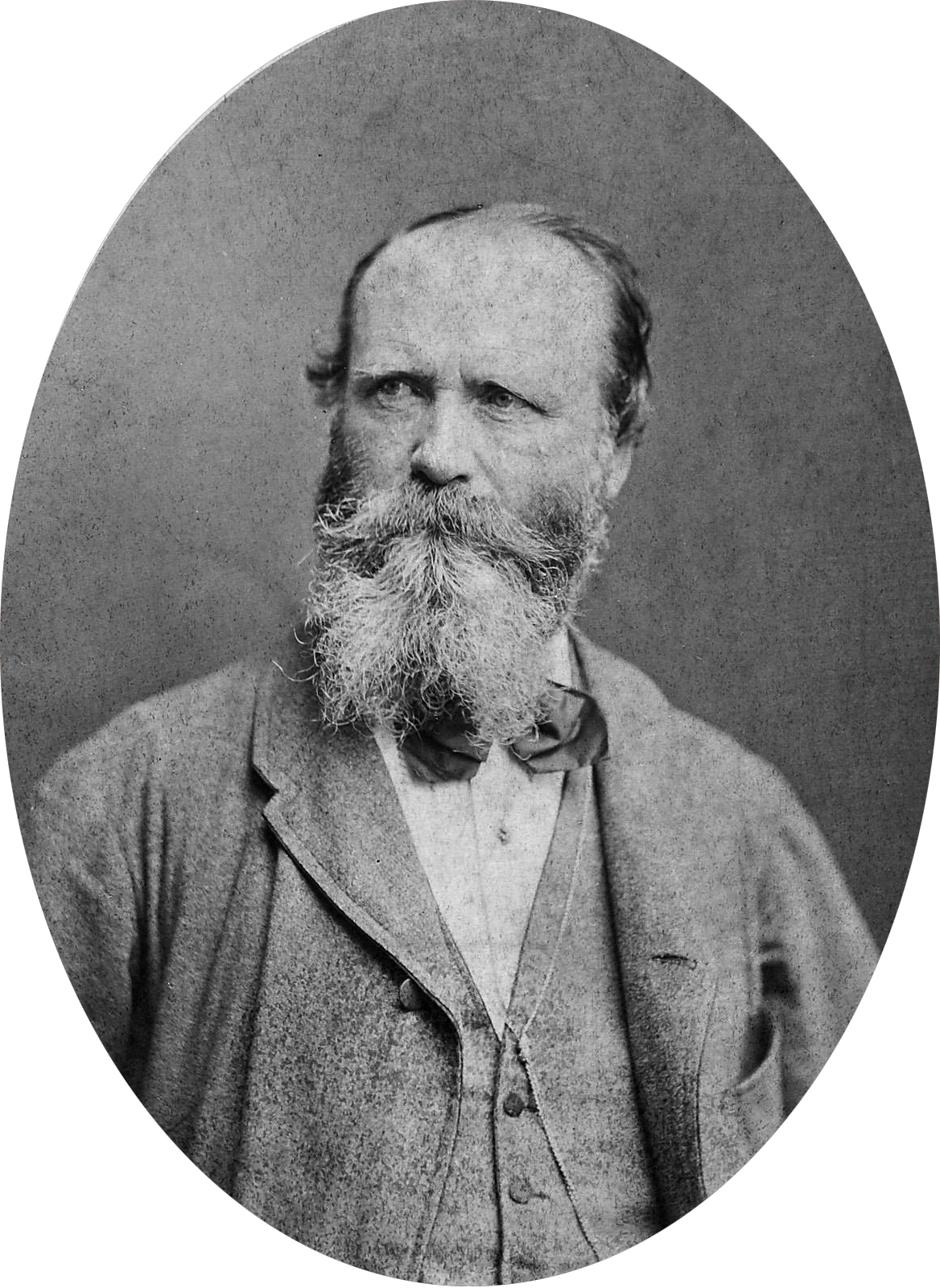|
List Of Painters From Austria
This is a list of notable painters from, or associated with, Austria. A * Josef Abel (1768–1818) * Fritz Aigner (1930–2005) * Joseph Matthäus Aigner (1818–1886) * Tivadar Alconiere (1797–1865) * Oz Almog (born 1956) * Franz Alt (1821–1914) * Rudolf von Alt (1812–1905) * Anton Altmann (1808–1871) * Friedrich von Amerling (1803–1887) * Heinz Anger (born 1941) * Christian Attersee (born 1940) * Josef Maria Auchentaller (1865–1949) B * Alfred Basel (1876–1920) * Herbert Bayer (1900–1985) * Franz von Bayros (1866–1924) * Tommaso Benedetti (1797–1863) * Julius Victor Berger (1850–1902) * Joseph Bergler (1753–1829) * Joseph Binder (1798–1864) * Eduard Bitterlich (1833–1872) * Karl von Blaas (1815–1894) * Tina Blau (1845–1916) * Otto Böhler (1847–1913) * Friedrich August Brand (1735–1806) * Antonietta Brandeis (1849–1910) * Arik Brauer (1929–2021) * Günter Brus (born 1938) C * Hans Canon (1829–1885) * Franz Caucig (1755–1 ... [...More Info...] [...Related Items...] OR: [Wikipedia] [Google] [Baidu] |
Austria
Austria, , bar, Östareich officially the Republic of Austria, is a country in the southern part of Central Europe, lying in the Eastern Alps. It is a federation of nine states, one of which is the capital, Vienna, the most populous city and state. A landlocked country, Austria is bordered by Germany to the northwest, the Czech Republic to the north, Slovakia to the northeast, Hungary to the east, Slovenia and Italy to the south, and Switzerland and Liechtenstein to the west. The country occupies an area of and has a population of 9 million. Austria emerged from the remnants of the Eastern and Hungarian March at the end of the first millennium. Originally a margraviate of Bavaria, it developed into a duchy of the Holy Roman Empire in 1156 and was later made an archduchy in 1453. In the 16th century, Vienna began serving as the empire's administrative capital and Austria thus became the heartland of the Habsburg monarchy. After the dissolution of the H ... [...More Info...] [...Related Items...] OR: [Wikipedia] [Google] [Baidu] |
Julius Victor Berger
Julius Victor Berger (20 July 1850, Neutitschein, Mähren — 17 November 1902, Vienna) was an Austrian painter who is known primarily for his genre paintings and portraits. Life Julius Berger's was the son of , who was also a painter. He entered the Academy of Fine Arts in Vienna at the young age of 14. In 1874 he was granted a three-year scholarship to study art in Rome. Upon returning to Vienna he briefly shared an apartment with fellow painter Emil Jakob Schindler and his wife Anna Sofie. While Schindler was traveling Berger began an affair with Anna. He was almost certainly the father of Margarethe Julie Schindler (b. 16 August 1880), who was the half sister of Alma Maria Schindler. Berger became a professor of decorative painting at the Wiener Kunstgewerbeschule in 1881, and in 1887 a professor at the Academy of Fine Arts. Among his friends was the history painter Hans Makart. Berger's most recognized work is the ceiling painting in Hall XIX of the Kunsthistorisches ... [...More Info...] [...Related Items...] OR: [Wikipedia] [Google] [Baidu] |
Edgar Chahine
Edgar Chahine ( hy, Էդգար Պետրոսի Շահին: 31 October 1874, in Vienna – 18 March 1947, in Paris) was a French painter, engraver, and illustrator of Armenian descent. Biography Edgar Chahine was born in Vienna but moved to Constantinople at a very young age. There he began his studies under the financial support of his father who was the director of the Ottoman Bank. His artistic abilities were soon noticed by his professor, Melkon Tiratzuyan, who advised him to pursue his studies in Italy in order to participate in a more active artistic environment. He then moved to Venice, where he attended the prestigious Armenian Lyceum Moorat Raphael. He studied under Antonio Ermolao Paoletti at the renowned Academia di Belle Arti. After gaining much experience in Italy, he then moved to Paris in 1895. He enrolled at the Académie Julian, and had successful exhibitions at the Society of French Artists. His first painting which was exhibited at the Paris Salon “Société ... [...More Info...] [...Related Items...] OR: [Wikipedia] [Google] [Baidu] |
Franz Caucig
Franz Caucig, Franco Caucig or Francesco Caucig, also known in Slovene as Franc Kavčič or Frančišek Caucig (4 December 1755, Gorizia – 17 November, 1828, Vienna) was a Neoclassical painter and drawer of Slovene origin. He is one of the best representatives of the Central European Neoclassicism. He attained the highest positions and recognitions of all the artists of Slovene descent. Life Caucig was born in Gorizia, at the time the capital of the Princely County of Gorizia and Gradisca. Count Guido von Cobenzl, who spent the last years of his life in Gorizia, recognised the talent in the young boy, so when he was 20, he sent him to his son Philipp, who was very influential at the Austrian court, and who then greatly contributed to Caucig's education and further career. Caucig studied the first principles of art at Vienna, and went, aided by a grant, in 1779, to Bologna and to Rome, where he remained until 1787. From 1787 till 1791, he lived in Vienna, and in 1791, he wa ... [...More Info...] [...Related Items...] OR: [Wikipedia] [Google] [Baidu] |
Hans Canon
Hans Canon was the pseudonym of Johann Baptist Strašiřipka (also rendered as Johann Baptist Straschiripka or Hans Purschka-Straschiripka (15 March 1829, Vienna 12 September 1885, Vienna) an Austrian history and portrait painter. Life His father was related to the princely Starhemberg family and served as an Economic Councilor. He seems to have been an indifferent student, but he did show an interest in art so, in 1845, he was enrolled at the Academy of Fine Arts, Vienna for a brief stay, then studied privately with Ferdinand Georg Waldmüller and Carl Rahl. From 1847 to 1855, before completing his studies, he became an officer in the Austro-Hungarian Common Army and served as a cuirassier in the Hungarian Campaign."Hans Canon" in the |
Günter Brus
Günter Brus (born 27 September 1938, Ardning, Styria, Austria) is an Austrian painter, performance artist, graphic artist, experimental filmmaker and writer. Brus grew up in Mureck, attended the Kunstgewerbeschule Graz and went to Vienna in 1956, where he studied painting and met his lifelong friend Alfons Schilling. Influenced by German expressionism, Edvard Munch, Vincent van Gogh, abstract expressionism and artists such as Emilio Vedova, he began in the fall of 1960 to create artwork that was not confined to visual media. His companion Otto Muehl, who met him at the time, said of his work: “The color sometimes exploded like a bomb when it hit the picture. That was total creative excess. ..The entire room was covered with paint splatters, and the dried paint sludge lay inches high on the floor. ” Shortly before his first major exhibition together with Schilling, he was conscripted into the military in May 1961. After completing his military service, he fell into a psyc ... [...More Info...] [...Related Items...] OR: [Wikipedia] [Google] [Baidu] |
Arik Brauer
Arik Brauer ( he, אריק בראואר; 4 January 1929 – 24 January 2021) was an Austrian painter, printmaker, poet, dancer, singer-songwriter, stage designer, architect, and academic teacher. Brauer, from a family of Jewish emigrants, grew up in Vienna under the Nazi regime. After World War II, he studied at the Academy of Fine Arts Vienna from age 16, and from 1947 also singing. He travelled extensively, and married in Israel in 1957, settling in Paris where he formed a singing duo with his wife. From 1963, they lived in Ein Hod, Israel, and in Vienna. Brauer was a co-founder of the Vienna School of Fantastic Realism. Called an ''Universalkünstler'' (all-round artist) in Austria, he appeared as a singer-songwriter at the beginning of Austropop in the 1970s, taught at the Academy of Fine Arts Vienna from 1985, and designed buildings in Austria and Israel in the 1990s. His art was exhibited at international galleries and museums, and especially at major museums in Vienna, ... [...More Info...] [...Related Items...] OR: [Wikipedia] [Google] [Baidu] |
Antonietta Brandeis
Antonietta Brandeis (also known as Antonie Brandeisová) (1848–1926), was a Czech-born Italian landscape, genre and portrait painter, as well as a painter of religious subjects for altarpieces. Early life She was born on January 13, 1848, in Miskovice (near Kutná Hora) in Bohemia, Austria-Hungary. The first bibliographical indication of Antonietta Brandeis dates from her teens, when she is mentioned as a pupil of the Czech artist Karel Javůrek of Prague. After the death of Brandeis' father, her mother, Giuseppina Dravhozvall, married the Venetian Giovanni Nobile Scaramella; shortly afterward the family apparently moved to Venice. In the 1867 registry of the Venetian Academy of Fine Arts, Brandeis is listed as being enrolled as an art student. At this time, Brandeis would have been nineteen, and one of the first females to receive academic instruction in the fine arts in Italy. In fact, the Ministry granted women the legal right to instruction in the fine arts only in ... [...More Info...] [...Related Items...] OR: [Wikipedia] [Google] [Baidu] |
Friedrich August Brand
Friedrich August Brand (20 December 1735 – 9 October 1806) was an Austrian painter. The son of Christian Hülfgott Brand, he was born at Vienna. He was a member of the Imperial Academy, and died at Vienna in 1806. He painted several historical subjects and landscapes, which are favourably spoken of by the German authors, and engraved some plates, both with the point and with the graver, in the use of which he was instructed by Schmutzer. His known works include the following: *''The Breakfast''; after Torenvliet *''A View near Nuisdorf'' *''View of the Garden of Schoenbrunn'' *''Banditti attacking a Carriage'' *''The Entrance to the Town of Crems'' Among his students was the long-standing professor of landscape painting at the Academy of Fine Arts Vienna, Joseph Mössmer Joseph Mössmer (20 May 1780 – 22 June 1845) was an Austrian painter and instructor at the Academy of Fine Arts Vienna. Born in Vienna, he began his artistic training in 1796 under Friedrich August ... [...More Info...] [...Related Items...] OR: [Wikipedia] [Google] [Baidu] |
Otto Böhler
Otto Böhler (11 November 1847 – 5 April 1913) was an Austrian silhouette artist who specialized in portraits of many great conductors, composers, and pianists of his time. Life Otto Boehler was the fifth son of the merchant Georg Friedrich Böhler and spent his childhood and youth in Frankfurt am Main. At the University of Tübingen, he studied to PhD philosophy. In 1870 he moved with his brothers Albert (1845–1899) and Friedrich (1849–1914) to Vienna and participated after the death of his brother, Emil (1842–1882) at the family business. Albert and Emil founded a steel industry, which is now part of Böhler-Uddeholm. Following his artistic talent, he became a pupil of the painter and writer Wenzel Ottokar Noltsch (1835–1908). Soon, however, he turned to the art of the silhouette, and found in his musical environment a rich field. Böhler's friends were to include the singers Amalie Materna, Hermann Winkelmann, Theodor Reichmann, and musicians of the Vienna Philh ... [...More Info...] [...Related Items...] OR: [Wikipedia] [Google] [Baidu] |
Tina Blau
Tina Blau, later Tina Blau-Lang (15 November 1845 – 31 October 1916) was an Austrian landscape painter. Life Blau's father was a doctor in the and was very supportive of her desire to become a painter. She took lessons, successively, with August Schaeffer and Wilhelm Lindenschmit in Munich (1869–1873). She also studied with Emil Jakob Schindler and they shared a studio from 1875 to 1876, but allegedly broke off the engagement after a quarrel. Later, at the art colony in Plankenberg Castle, near Neulengbach, she briefly became his student again. In 1883, she converted from Judaism to the Evangelical Lutheran Church and married Heinrich Lang, a painter who specialized in horses and battle scenes. They moved to Munich where, from 1889, she taught landscape and still life painting at the Women's Academy of the (Munich Women Artists' Association). In 1890, her first major exhibition was held there. Blau exhibited her work at the Palace of Fine Arts at the 1893 World's Col ... [...More Info...] [...Related Items...] OR: [Wikipedia] [Google] [Baidu] |
Karl Von Blaas
Karl von Blaas (28 April 1815 – 19 March 1894) was an Austrian painter known for his portraits and religious compositions executed on canvas as well as in the form of frescoes. Biography Carl Von Blaas was born to a peasant family at Nauders in the Tyrol on 28 April 1815. He is best known as a history painter and painter of portraits. His first art lessons were in Innsbruck, where he received an education as a writer. But he was more interested in art, and so, like many painters at the time, he aspired to visit Italy to realize his goal of an in-depth art education. His uncle, a judge in Verona, recognized his talent and gave him financial support for study in Venice, which he undertook in 1832. In his autobiography he recounts many of his adventures, some rather harrowing, on that sojourn. He was a student at the Venice Academy between 1832 and 1837, where he studied under Lodovico Lipparini. He won many awards and began to receive portrait commissions. In 1837 he receiv ... [...More Info...] [...Related Items...] OR: [Wikipedia] [Google] [Baidu] |

.jpg)




